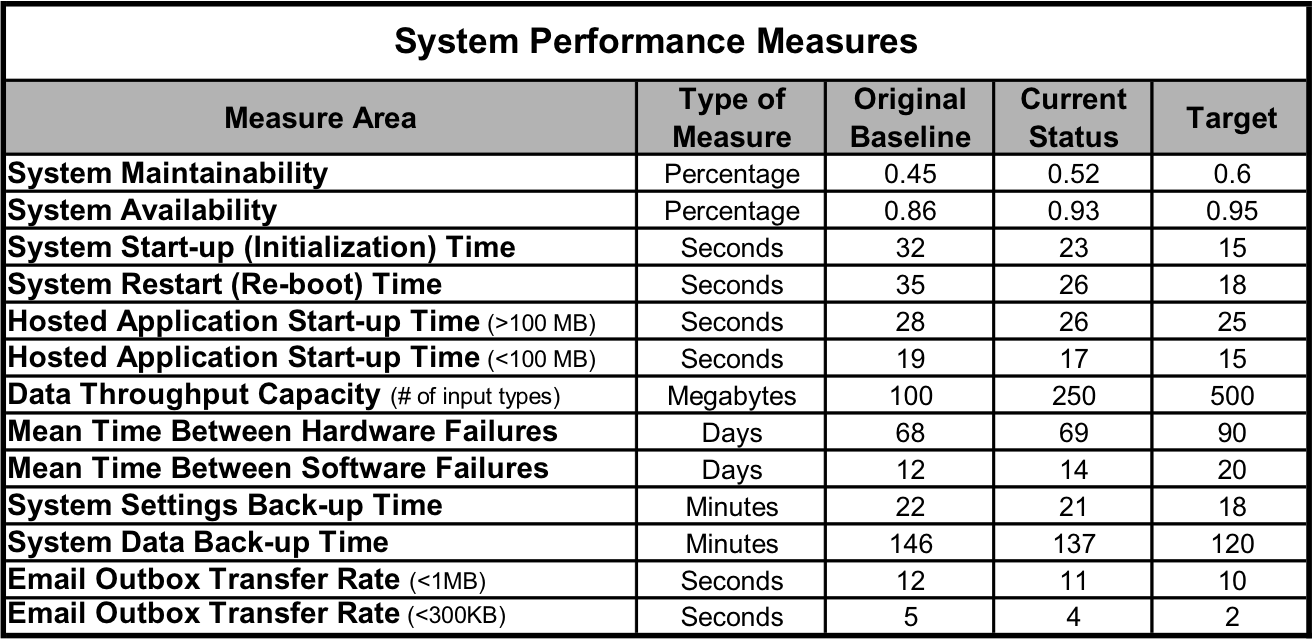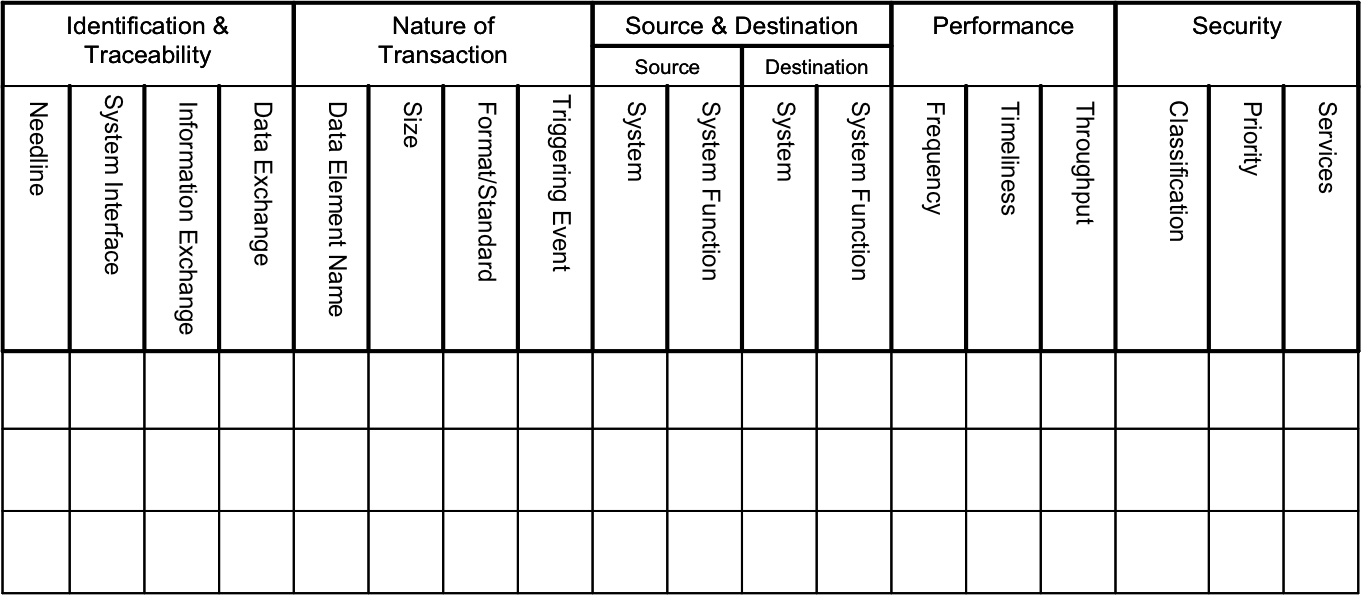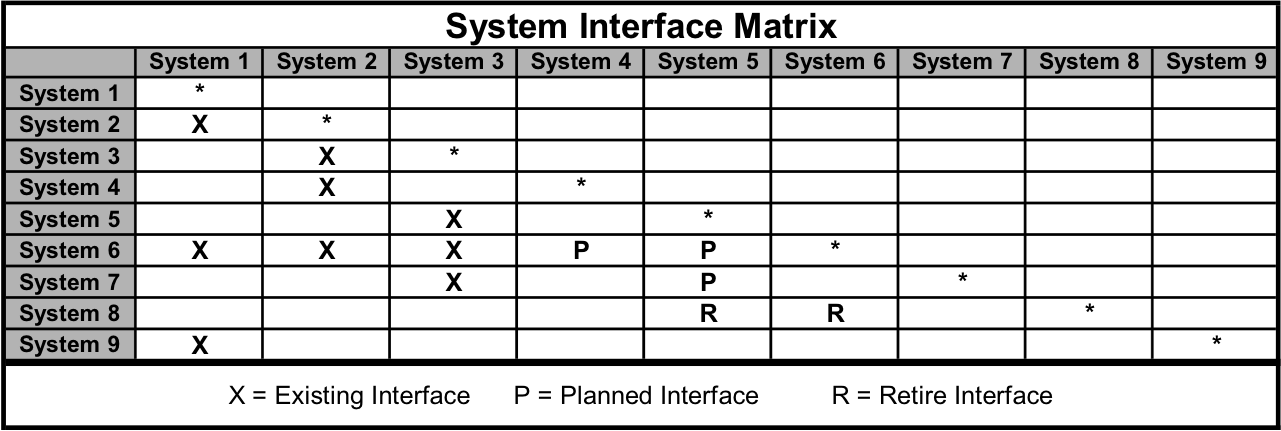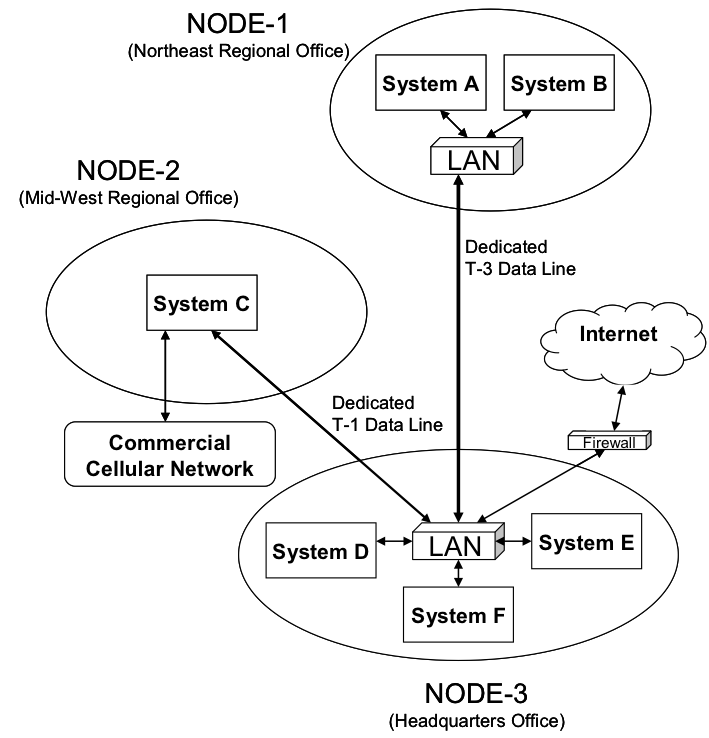 EA3 artifact A-9: Application Maintenance Procedure
EA3 artifact A-9: Application Maintenance Procedure
Documentation of how:
- the organization develops and formally documents system maintenance policy;
- the organization system maintenance policy addresses: -purpose; -scope; -roles and responsibilities; -management commitment; -coordination among organizational entities; and -compliance;
- the organization disseminates formal documented system maintenance policy to elements within the organization having associated system maintenance roles and responsibilities;
- the organization develops and formally documents system maintenance procedures;
- the organization system maintenance procedures facilitate implementation of the system maintenance policy and associated system maintenance controls; and
- the organization disseminates formal documented system maintenance procedures to elements within the organization having associated system maintenance roles and responsibilities.
- the organization defines the frequency of system maintenance policy reviews/updates;
- the organization reviews/updates system maintenance policy in accordance with organization-defined frequency;
- the organization defines the frequency of system maintenance procedure reviews/updates; and
- the organization reviews/updates system maintenance procedures in accordance with organization-defined frequency.








